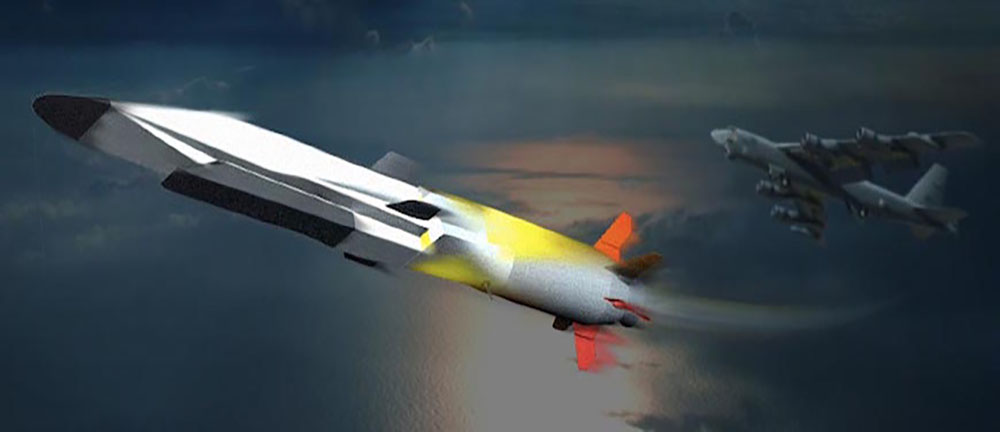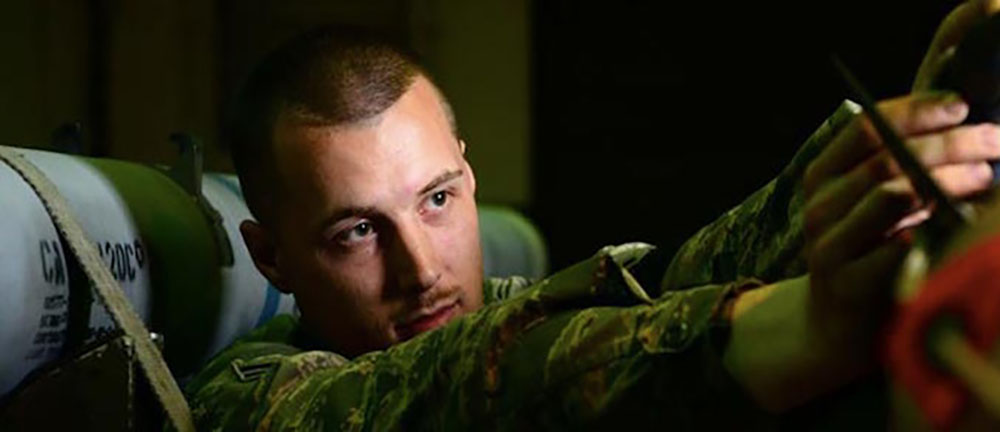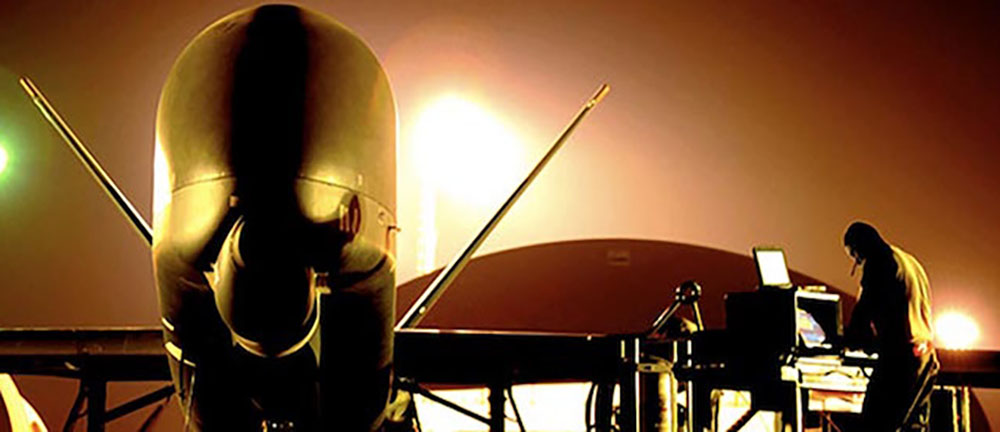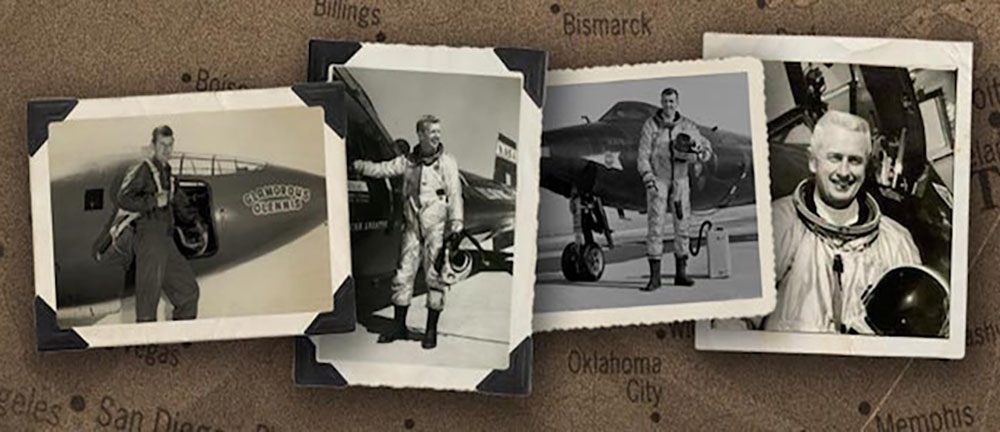Our team of scientists, engineers, and researchers are working on the cutting edge of innovation and technology. Working in some of the countries leading laboratories and research facilities, they have made incredible discoveries, found practical applications for exotic materials, and pushed the limits of what's possible.
















Fueled by innovation, ingenuity, and a start-up mentality, Unified Platform/LevelUP Code Works is the principal cyber factory for the Air Force, developing rapidly deployable software capabilities in support of the Department of the Air Force and the Department of Defense’s most critical cyber missions. It’s responsible for developing, implementing, and maintaining the Development/Security/Operations (DevSecOps) software development toolkit across the Department of Defense and the armed services.
Black Label supports Offensive Cyber Warfare and Information Warfare for the Department of the Air Force and the Department of Defense by providing advanced DevSecOps capabilities and technologies that streamline software development and deploy it in non-traditional, innovative ways to meet warfighters’ every need the instant they need it.
Platform One is the official Development, Security, and Operations (DevSecOps) enterprise of the Department of Defense (DoD), congregating the top capabilities of the Software Factories at the core of its software ecosystem to create Cloud Native Computer Foundation (CNCF)-compliant Kubernetes distributions, infrastructure as code playbooks, hardened containers, and other Customer DevSecOps Platforms with baked-in security.
EITaaS partners with industry leaders to incorporate best-in-class commercial technology to standardize Department of the Air Force (DAF) IT services, improving the agility, reliability, and resiliency of IT data operations, while maximizing user productivity and optimizing mission readiness enterprise-wide.
Business and Enterprise System Product Innovation (BESPIN) develops cutting-edge digital solutions for Airmen and Guardians that delivers exceptional custom mobile experiences reliably anywhere, anytime, improving safety, quality of life, and mission success.
Kessel Run’s primary mission is to create scalable digital architecture to optimize all-domain command and control capabilities that define the next-generation air dominance systems, accelerate dynamic targeting, and establish a more resilient operating presence through Agile Combat Employment.
Cloud One provides valuable tools to significantly reduce software development costs while deploying powerful Risk Management Framework processes that allow applications to inherit a common infrastructure and entry-point for negotiating the cloud.
